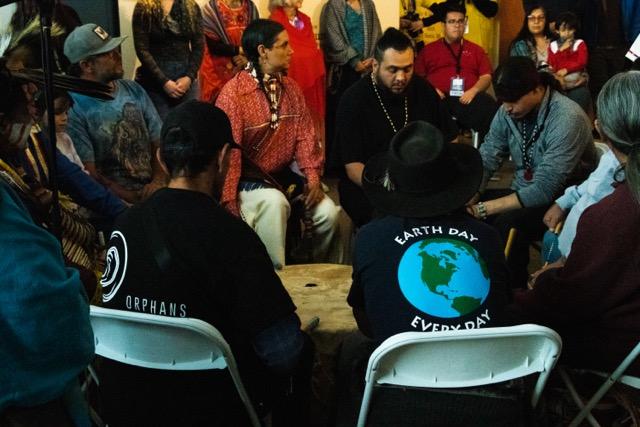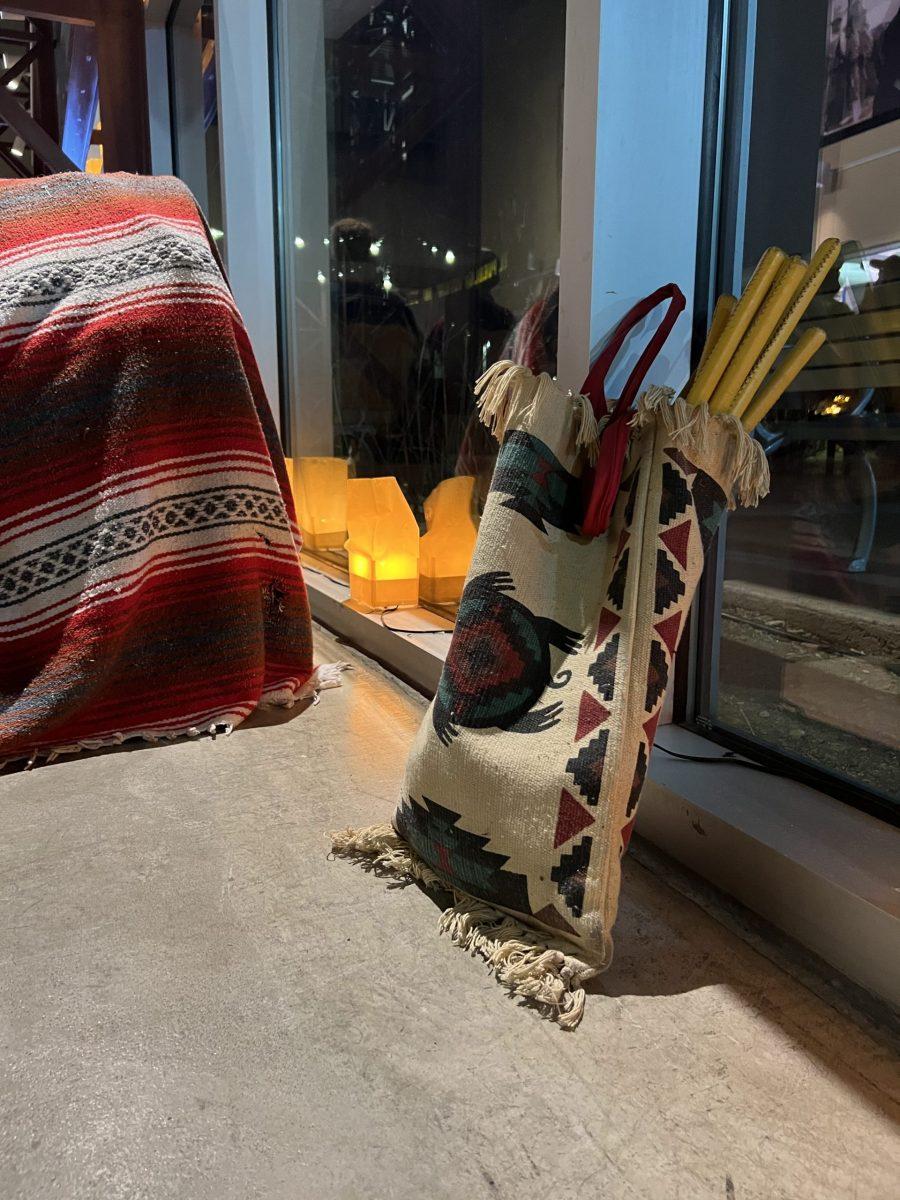By Angel Palma.
Día de Muertos or Día de los Muertos, a holiday also known as the Day of the Dead, is the celebration traditionally celebrated in Mexico and across many parts of Spanish-speaking countries. It honors the deceased and celebrates life and the memories of those passed on. Day of the Dead is meant for laughter and celebration instead of sorrows and pain.
Many consider the celebration as a family reunion where the dead are honored guests. The living members make an ofrenda, also known in English as an altar. Each ofrenda element is important and has significance. Ofrendas are decorated with flowers, photos and food offerings those enjoyed while living to welcome the deceased and remember their presence.
For the primary two days of Día de los Muertos, there are four days to prepare before and one day following after. Each day out of the seven days in Día de los Muertos has its very own meaning.
On Oct. 28, the first day of preparation begins. Photos of the deceased are set on the ofrenda and the very first candle is lit. White flowers are placed to welcome the lost souls. Papel picado, tissue paper cutouts of skulls and bones, and other decorations are placed on the ofrenda. Cempasúchil, Mexican marigold flowers, are scattered on the ground to help guide the spirits from their graves to the families’ homes.
The following day, the second candle is lit in addition to a glass of water for the soul who has been lonely or forgotten.
On Oct. 30, the day of Accidentados, the third candle is lit for those who left in a tragic way or fatal accident. On Halloween, the fourth candle is lit to honor the ancestors and children who were unbaptized.
It is believed that the veil between our world and the spirit world is lifted on the first and second days. It is why the first two days of November are considered the main events for Día de los Muertos.
During Nov. 1 Día de los Angelitos, or Day of the Little Angles, sweet foods, candy and toys are placed on the ofrenda for the children who passed too soon. Their names are often written on sugar skulls as another form of honoring them.
Nov. 2 is Día de los Muertos when the departed adults are fully honored. Some of their favorite things will also be placed on the ofrenda.
The final day of the Day of the Dead is when the last candle is lit and the copal is burned as the goodbyes are said to the deceased as they are asked to come again the following year.






















